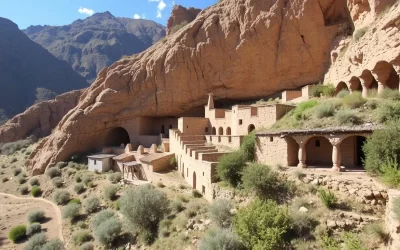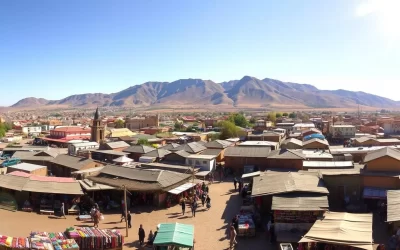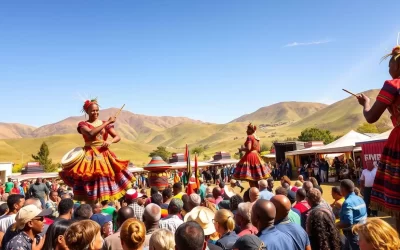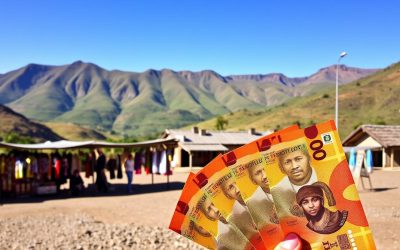✓ Accommodations✓ Flights✓ Rental Cars✓ Tours & Activities
Welcome to a country where language plays a vital role in daily life. Lesotho, a small yet culturally rich nation, is known for its unique linguistic identity. Here, Sesotho is the heart of communication, spoken by over 90% of the population as their first language.
Alongside Sesotho, English serves as an official language, used in government, education, and administration. This bilingual approach was established in 1966, ensuring both languages thrive in the country’s framework.
From schools to public spaces, Sesotho and English coexist harmoniously. In primary education, Sesotho is the medium of instruction for the first three years, transitioning to English in the fourth. This system reflects the nation’s commitment to preserving its heritage while embracing global connectivity.
Discovering the Linguistic Landscape of Lesotho
Step into a nation where history and culture shape its linguistic identity. The evolution of language here is a fascinating journey, influenced by both colonial forces and indigenous traditions. From treaties to independence, every event has left its mark on how people communicate today.

Historical Influences on Language Development
Colonial treaties in the 19th century played a significant role in shaping the country’s linguistic framework. The 1869 treaty, for instance, introduced English as an administrative language, while Sesotho remained the heart of daily communication. This dual system laid the foundation for the bilingual society you see today.
Indigenous resistance also ensured that Sesotho thrived. Over the years, it became a symbol of cultural pride and identity. By the time of independence in 1966, both Sesotho and English were recognized as official languages, reflecting a balance between tradition and modernity.
Cultural Significance in Modern Society
Today, language is more than just a means of communication. It’s a bridge between the past and the present. Sesotho is deeply embedded in media, religion, and education, while English dominates government and formal settings.
This bilingual approach has fostered a society that values both its heritage and global connectivity. Whether in schools or public spaces, the interplay of Sesotho and English reflects a harmonious blend of tradition and progress.
Lesotho: Official and widely spoken languages
Everyday interactions here are a blend of tradition and modernity. Two languages, Sesotho and English, play distinct yet complementary roles in shaping daily life. This balance reflects the country’s commitment to preserving its heritage while embracing global opportunities.
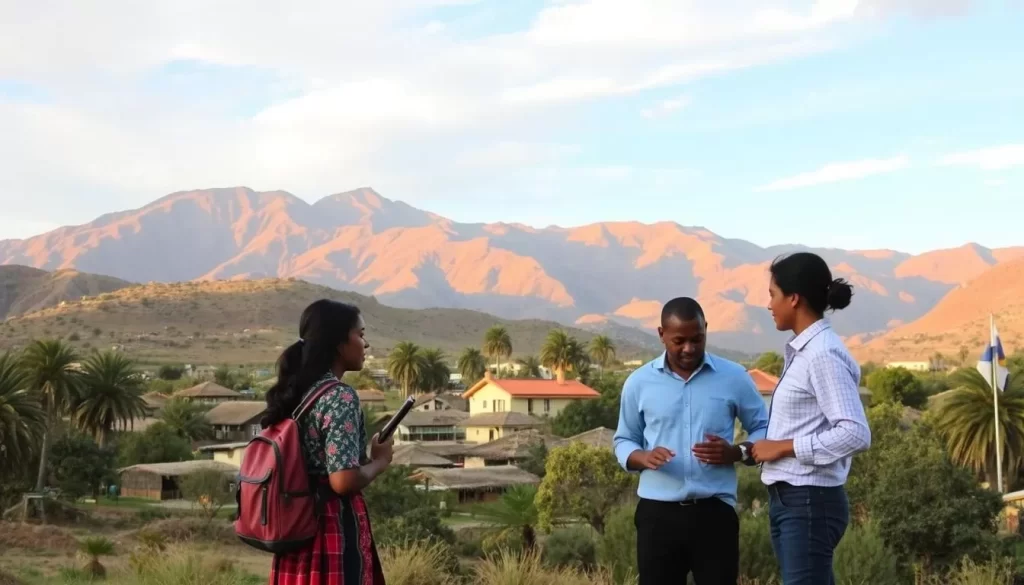
The Dual Role of English and Sesotho in Daily Life
English serves as the official language for government, business, and administration. It’s the medium for formal communication, ensuring smooth operations in public and private sectors. On the other hand, Sesotho is the heart of everyday conversations, connecting people in homes and communities.
In primary schools, Sesotho is the primary medium of instruction for the first three years. This approach helps children build a strong foundation in their native language. By the fourth year, English takes over, preparing students for higher education and professional opportunities.
Here’s how both languages thrive in different settings:
- English: Used in government offices, legal documents, and international business.
- Sesotho: Dominates local media, traditional ceremonies, and family gatherings.
This bilingual system fosters a society that values its roots while adapting to global trends. It’s a testament to the country’s ability to harmonize tradition and progress.
The Role of English and Sesotho in Governance and Education
Understanding the role of language in governance and education reveals a unique balance. This bilingual system ensures both cultural preservation and global connectivity. Let’s explore how these two languages shape public institutions and schools.
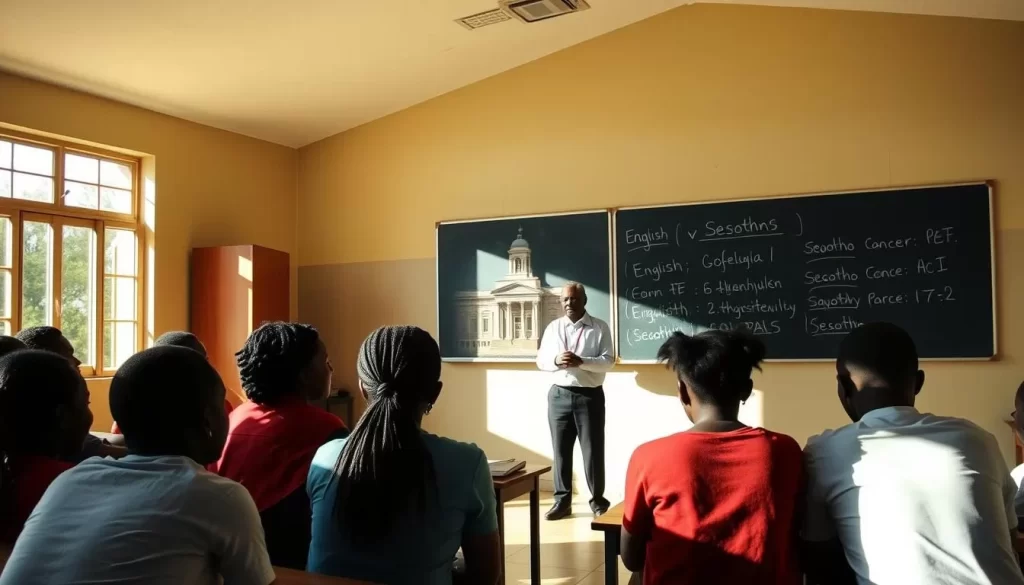
English in Government and Administration
English plays a critical role in government and administration. It’s the primary medium for official documents, legislative communication, and international dealings. This ensures clarity and consistency in public services.
From legal frameworks to policy-making, English dominates formal settings. It’s also the main medium of instruction from grade 7 upward, preparing students for higher education and professional opportunities.
Sesotho’s Place in Primary Education
Sesotho is the heart of primary education. Children learn in their native language during the first three years of school. This approach helps them build a strong foundation in their cultural identity.
By the fourth year, the transition to English begins. This shift prepares students for secondary education and beyond. It’s a strategic move that balances tradition with modern demands.
“Language is not just a tool for communication; it’s a bridge between heritage and progress.”
| Setting | Primary Language | Purpose |
|---|---|---|
| Government | English | Official communication, legal documents |
| Primary Education | Sesotho | Cultural foundation, early learning |
| Secondary Education | English | Preparation for higher education |
This bilingual system fosters a society that values its roots while adapting to global trends. It’s a testament to the community’s ability to harmonize tradition and progress.
Embracing Minority and Immigrant Languages
Dive into the vibrant world of minority and immigrant languages that enrich the cultural fabric of this nation. Beyond Sesotho and English, a mosaic of tongues like Zulu, Phuthi, and Xhosa adds depth to its linguistic landscape. These languages, though spoken by smaller groups, play a vital role in shaping the identity of their speakers.
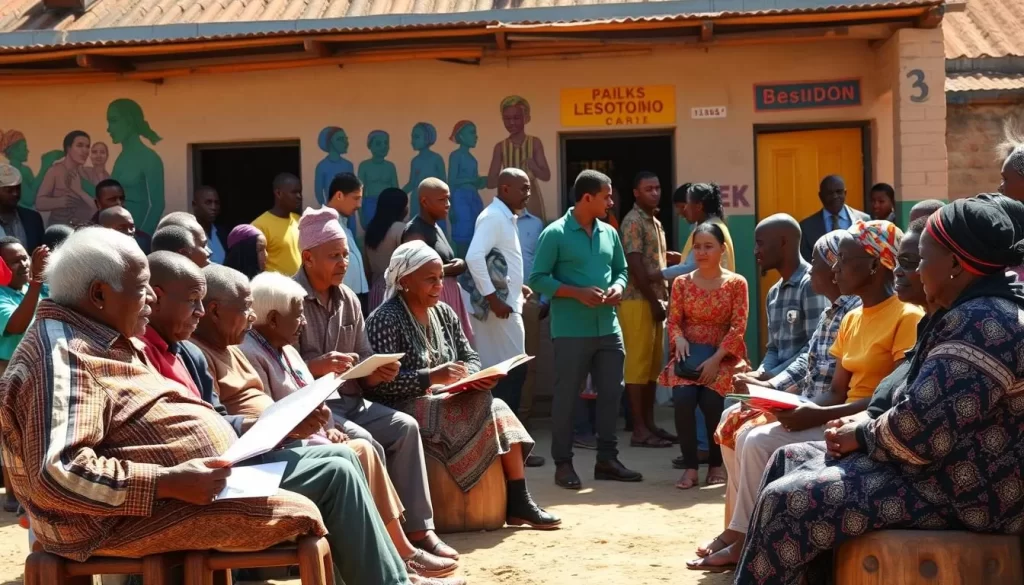
Exploring Minority Languages: Zulu, Phuthi, and Xhosa
Zulu, Phuthi, and Xhosa are among the most prominent minority languages here. Zulu, spoken by an estimated 248,000 people, connects communities with shared cultural roots. Phuthi, with around 43,000 speakers, is a testament to the resilience of indigenous tongues. Xhosa, spoken by approximately 18,000, adds another layer to the linguistic diversity.
These languages are more than just means of communication. They are symbols of heritage, passed down through generations. In homes and communities, they foster a sense of belonging and pride. While they may not dominate public spaces, their presence is felt in traditional ceremonies, local media, and family gatherings.
“Every language is a unique window into the culture and history of its people.”
Afrikaans, an immigrant language, also finds its place here. Influenced by local linguistic patterns, it reflects the adaptability of languages in a multicultural setting. This blend of native and immigrant tongues highlights the country’s openness to diversity.
- Zulu: Connects communities with shared cultural roots.
- Phuthi: A resilient indigenous language with deep historical ties.
- Xhosa: Adds vibrancy to local traditions and ceremonies.
This linguistic diversity is a reminder of the importance of preserving minority languages. As highlighted in this study, protecting these languages is crucial for maintaining cultural identity and social participation. It’s a celebration of the richness that comes from embracing differences.
Language Resources, Community, and Media Influence
Explore the tools and media shaping how languages thrive in this vibrant nation. From dictionaries to community events, these resources play a vital role in preserving and promoting linguistic diversity.
Learning Tools and Dictionaries for Local Languages
Accessible resources are key to mastering local languages. The new English-Sesotho dictionary is a game-changer, offering clear translations and grammar guides. Online platforms like Omniglot also provide interactive lessons for Sesotho, Xhosa, and Zulu.
These tools are transforming how people learn at home. Whether you’re a beginner or advanced learner, these resources make it easier to connect with the culture and community.
Media, Religion, and Community Engagement
Media outlets and religious services are powerful channels for language adoption. Local radio stations broadcast in Sesotho and other indigenous tongues, keeping traditions alive.
Community events also play a big role. Festivals and gatherings celebrate linguistic heritage, encouraging everyone to participate. These efforts ensure that languages remain a vibrant part of daily life.
For more insights on how media promotes indigenous languages, check out this study.
“Language is the road map of a culture. It tells you where its people come from and where they are going.”
By leveraging these resources and engaging with media and community, you can deepen your understanding of local languages. It’s a rewarding journey that connects you to the heart of this nation’s culture.
Conclusion
Discover how language shapes identity and unity in a culturally rich nation. From education to government, bilingualism plays a key role in preserving heritage while fostering progress. Sesotho connects families and communities, while English ensures global connectivity.
Over the years, minority and immigrant languages have added depth to the country’s linguistic landscape. Resources like dictionaries and media outlets further promote cultural unity. This dynamic environment reflects a commitment to inclusivity and diversity.
As you explore this vibrant scene, you’ll see how language bridges the past and the future. Dive deeper into its richness and discover the stories it tells. For more insights, check out this resource on linguistic diversity.
The above is subject to change.
Check back often to TRAVEL.COM for the latest travel tips and deals.

